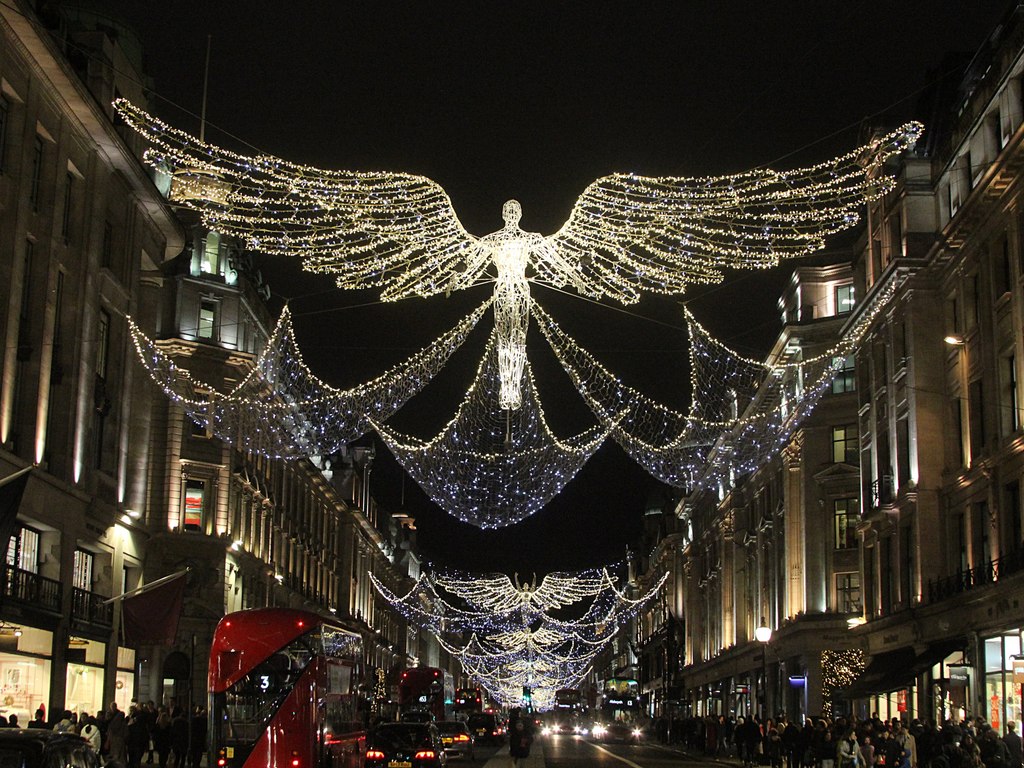
All You Need to Know About London Travel Cards
If you’re visiting London, getting the right travel card is essential for a smooth and budget-friendly journey around the city. Whether you plan to explore for a day or stay for a week, London has several travel card options that make getting around easier, and they can save you money too.
What is a Travel Card?
A London Travel Card is a paper ticket that gives you unlimited travel across the capital’s public transport network, including the Tube, buses, Overground, and trains within London’s travel zones. The great thing about a Travel Card is that it’s valid across all modes of transport within the chosen zones, so you don’t need separate tickets for each journey.
Types of Travel Cards
There are two main types of Travel Cards: Daily and Weekly.
1. Daily Travel Card: This is ideal if you’re only in London for a short time or if you’ll be travelling extensively in one day. It covers unlimited journeys on the day it’s valid, and you can choose between Peak and Off-Peak options. Off-Peak Travel Cards are cheaper and valid after 9:30 am on weekdays and all day on weekends.
2. Weekly Travel Card: If you’re staying for several days and plan to use public transport regularly, the Weekly Travel Card is a more cost-effective option. It gives you unlimited travel for seven consecutive days, and the price depends on which travel zones you’ll be covering. For most tourists, zones 1-2 are enough as they include central London and most key attractions.
Where to Buy a Travel Card
You can buy Travel Cards at any London Underground station, some train stations, and even online before you arrive. They’re available at ticket machines or from station staff. You’ll also find them at Oyster Ticket Stops, usually in small convenience stores around the city.
Costing: The prices may fluctuate, so it’s a good idea to check with the official Transport for London (TfL) website for the latest updates.
Why Choose a Travel Card?
Travel Cards are perfect if you want to avoid the hassle of topping up an Oyster card or paying for individual journeys. They’re especially useful if you plan to travel a lot in a single day, as they can work out cheaper than using a contactless card.
With a Travel Card, you can focus on exploring the best of London without worrying about how much each journey will cost. Just grab your card and hop on the Tube, bus, or train!


















